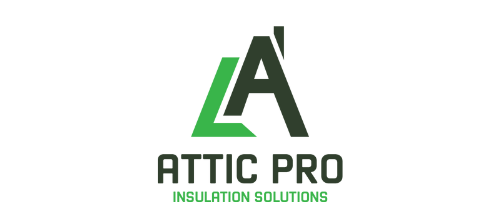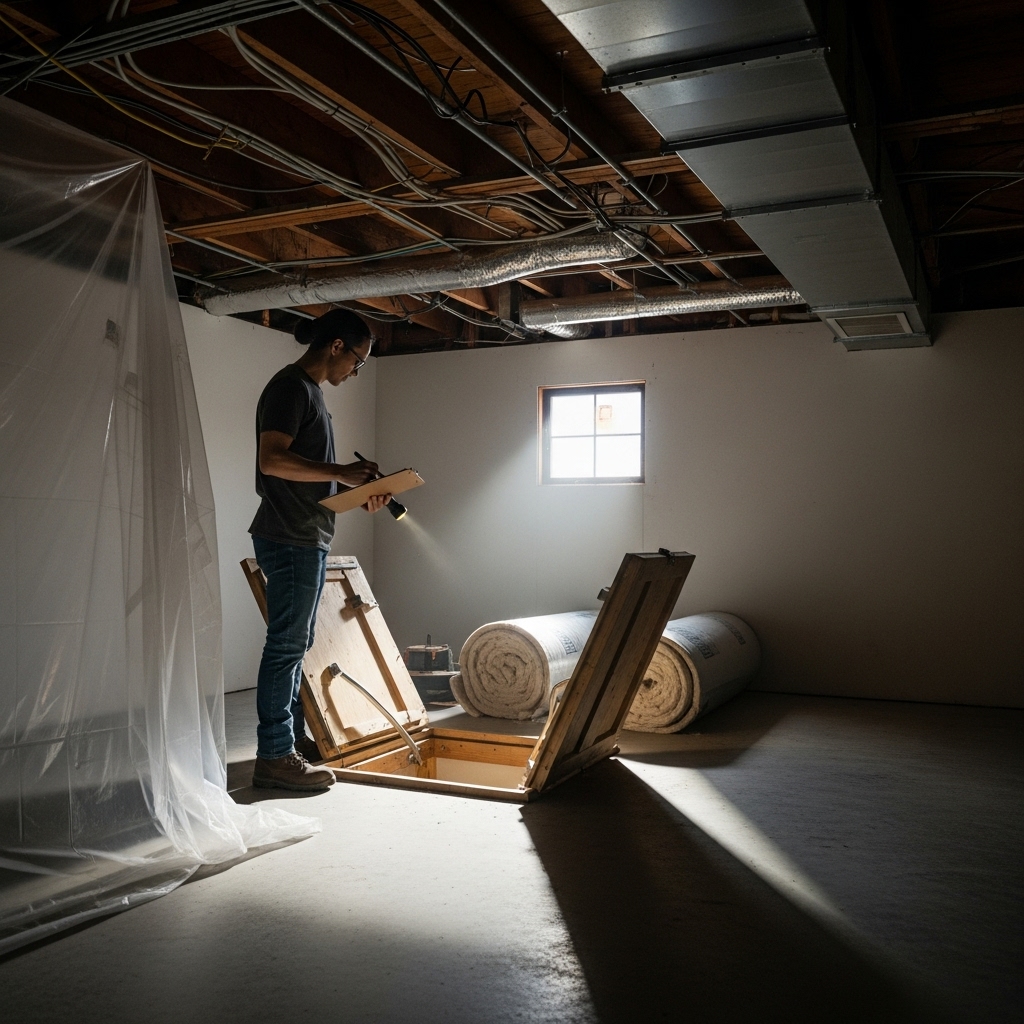Landlords in Los Angeles, California shoulder an important responsibility: maintaining properties that are clean, healthy, and free from rodent contamination. Whether you manage a single-family rental in the Valley, a small courtyard apartment in Mid-City, or a mixed-use building near transit, consistent sanitation practices protect tenants and property value. Rodent activity can leave behind droppings, urine, nesting materials, and odors that persist even after pests are removed. A structured, repeatable checklist helps you coordinate prompt cleanup, align with prevention, and keep communication clear with residents. For property owners who prefer professional support, engaging a team with proven expertise in rodent sanitation can streamline response and documentation across multiple units.
This checklist goes beyond basic cleaning. It organizes tasks into phases—reporting, inspection, containment, cleanup, verification, and prevention—so you can act quickly and confidently. Each step is tailored to the realities of Los Angeles housing: diverse building ages, tight crawlspaces, semi-enclosed garages, and shared waste areas. By standardizing your approach, you reduce downtime, minimize tenant disruption, and build trust through consistent results.
Phase 1: Reporting and Initial Response
Clear reporting channels help you detect issues early. Encourage tenants to report sightings, odors, droppings, or unusual sounds promptly. Provide multiple methods—tenant portal, email, or hotline—so no one hesitates to reach out. Early response limits contamination and simplifies cleanup.
- Acknowledge Reports: Respond quickly with a confirmation and an estimated timeline.
- Gather Details: Ask for photos, locations, and frequency of activity.
- Prioritize Health: If contamination is in kitchens, nurseries, or bedrooms, escalate response.
- Document Everything: Keep a record of reports, communications, and actions taken.
Phase 2: Inspection and Scope Definition
A targeted inspection informs your sanitation plan. Identify impacted areas—attics, crawlspaces, utility rooms, laundry, storage lockers, parking areas, and exterior trash enclosures. Multifamily properties may have shared pathways for rodents, such as utility corridors or open chases.
- Access Planning: Confirm keys, gate codes, and unit entry permissions.
- Safety Review: Note electrical hazards, low-clearance spaces, and ventilation conditions.
- Activity Mapping: Mark droppings, nesting pockets, and smear trails on a simple floor plan.
- Coordination: Align sanitation with any ongoing trapping or exclusion work.
Inspection results should translate into an actionable scope that addresses all known contamination and anticipates hidden pockets common in older LA buildings.
Phase 3: Containment and Tenant Communication
Containment protects clean areas during cleanup. Communicate timing and expectations to tenants so they can prepare. In occupied units, schedule work to minimize disruption and ensure privacy and safety.
- Set Work Zones: Establish boundaries with protective coverings at access points.
- Ventilation Plan: Confirm whether windows should be opened and HVAC adjusted during work.
- Pet Safety: Ask tenants to secure pets in a closed room or off-site during critical phases.
- Notices: Provide required entry notices and a clear schedule for each unit or common area.
Phase 4: Removal and Disinfection
Professional sanitation relies on HEPA filtration, careful handling, and targeted disinfection. The objective is to remove droppings, nesting materials, and contaminated debris without spreading particles.
- HEPA Vacuuming: Capture fine particulates from floors, framing, and hard-to-reach surfaces.
- Debris Handling: Bag and remove nests and contaminated materials methodically.
- Selective Replacement: Where needed, replace heavily soiled insulation or porous items.
- Disinfect and Deodorize: Apply appropriate products with correct contact times to neutralize bacteria and odors.
For multifamily properties, coordinate access to attics, crawlspaces, and utility corridors that connect units. This prevents re-contamination from adjacent spaces.
Phase 5: Verification and Documentation
Verification builds confidence among tenants and stakeholders. Provide before-and-after photos where feasible, and summarize areas treated, materials removed, and recommendations for prevention. Documentation supports consistency across your portfolio and helps onboard new property managers or maintenance staff.
- Photo Records: Archive images with dates and locations.
- Service Summaries: Capture scope, materials handled, and safety measures used.
- Tenant Updates: Share a brief summary of completed work and prevention tips.
- Follow-Up Plan: Outline any additional checks or schedule for exclusion repairs.
Phase 6: Prevention and Property Standards
Sanitation and prevention go hand in hand. Once cleanup is complete, maintain practices that limit attractants and block re-entry pathways. In Los Angeles, exterior conditions—landscaping, shared alleys, and climate—play a significant role.
- Waste Management: Keep lids closed, schedule timely pickups, and clean enclosures.
- Storage Policies: Require sealed containers for pantry items and pet food.
- Exterior Maintenance: Trim vegetation away from structures and inspect vents and screens.
- Common Areas: Keep laundry rooms, storage spaces, and parking areas uncluttered.
Publish a simple property standard sheet for tenants and vendors that outlines expectations. Clarity reduces misunderstandings and strengthens compliance.
Room-by-Room Sanitation Checklist
Use this checklist to guide work across different areas of a property. Adjust as needed based on building age, layout, and tenant occupancy.
- Attics: HEPA vacuum exposed surfaces; evaluate insulation; disinfect rafters; verify ventilation.
- Crawlspaces: Remove droppings and nests with minimal soil disturbance; assess vapor barriers; check ducting.
- Kitchens: Clean behind appliances and inside cabinet voids; sanitize shelves; store food in sealed containers.
- Bathrooms and Laundries: Inspect utility penetrations; seal gaps; clean behind washers and water heaters.
- Garages and Carports: Reduce clutter; elevate storage; address odors and debris.
- Exterior: Secure vents and screens; inspect door sweeps; manage vegetation and waste areas.
Communication Templates for Landlords
Standard templates save time and ensure consistency. Consider creating drafts you can adapt:
- Initial Report Acknowledgment: Confirms receipt and outlines next steps.
- Entry Notice: Specifies date, time window, scope of work, and preparation instructions.
- Completion Notice: Summarizes actions taken and includes prevention reminders.
- Follow-Up Reminder: Schedules a check-in to confirm that conditions remain stable.
These templates keep tenants informed and reduce uncertainty during remediation.
Coordination With Vendors
Work with experienced sanitation and exclusion providers who understand Los Angeles building styles and regulations. Share floor plans or photos, and ask for phased work plans when operating in occupied units. Choose teams that document thoroughly and respect tenant privacy and schedules.
Frequently Asked Questions
How quickly should sanitation occur after a report? Prompt action reduces contamination and tenant stress. Prioritize kitchens, nurseries, and sleeping areas. Coordinate with trapping to ensure active activity has been addressed before heavy cleanup.
Can maintenance staff handle all sanitation tasks? Staff can support preparation and light cleanup, but professional teams bring HEPA filtration, containment, and specialized protocols that protect air quality and ensure thoroughness.
What if odors linger after cleanup? Persistent odors usually indicate deeper contamination or porous materials that require additional attention. Discuss targeted deodorizing and ventilation strategies with your provider.
How do we prevent issues in shared spaces? Maintain strict waste routines, secure storage areas, and conduct regular inspections of utility corridors and enclosures. Shared spaces require clear accountability and schedules.
Is insulation replacement always necessary? Not always. It depends on contamination levels and material condition. A professional inspection will determine whether spot removal or full replacement is appropriate.
Building a Sustainable Program
Consistency is the backbone of effective rodent sanitation. Set schedules, assign roles, and document results. Periodically review your checklist and update it to reflect lessons learned across your portfolio. Small adjustments—like improved storage policies or revised exterior maintenance—can have outsized impact in reducing attractants.
Elevate Your Property Standards Now
If you want to streamline response, standardize documentation, and improve outcomes across units, partner with a trusted provider of rodent sanitation. Request an assessment of common areas and unit types, align on a phased plan for occupied buildings, and set clear timelines for follow-up. With a solid checklist and the right team, you can protect tenants, enhance property value, and keep your Los Angeles rentals clean and healthy.

